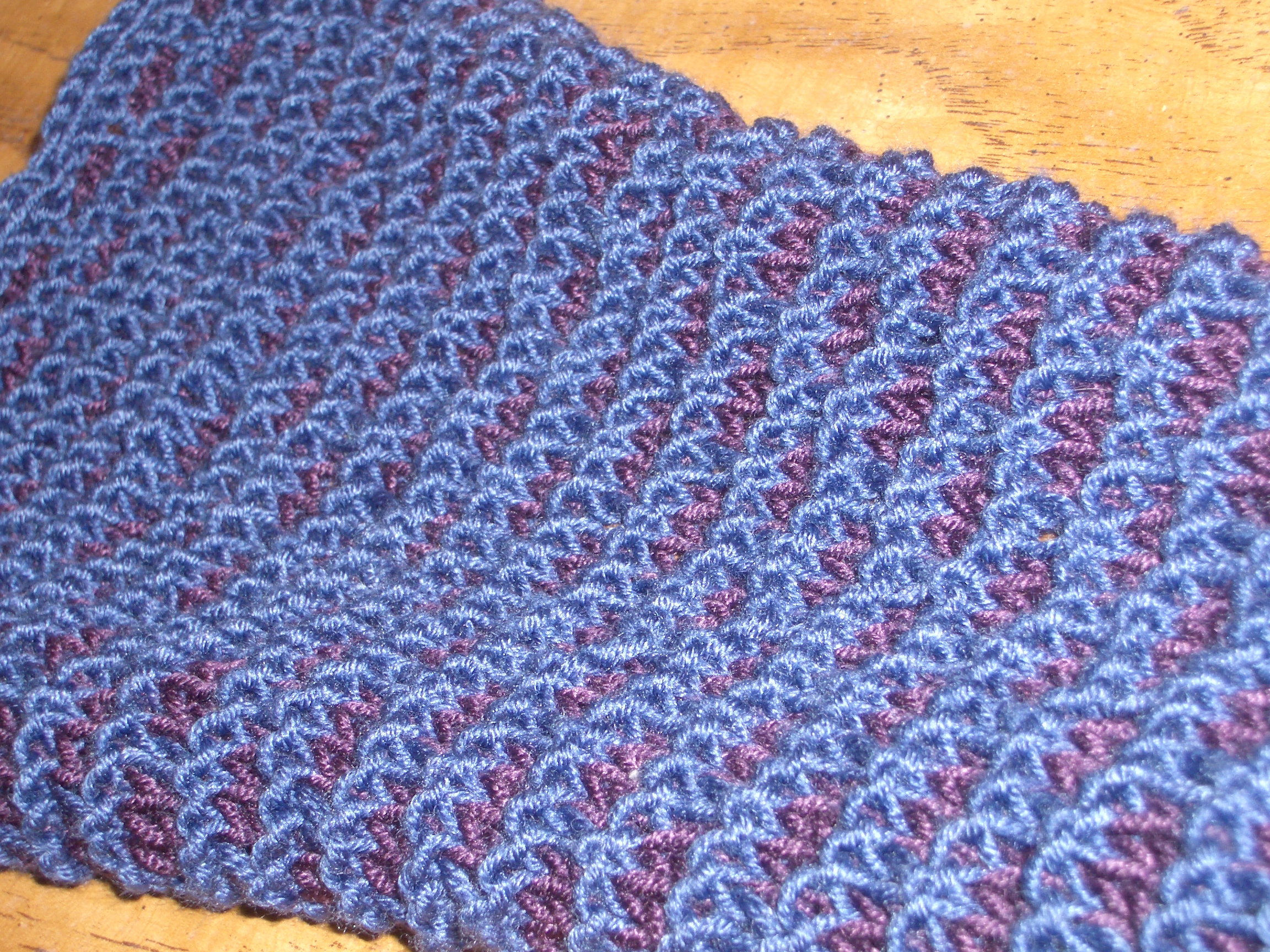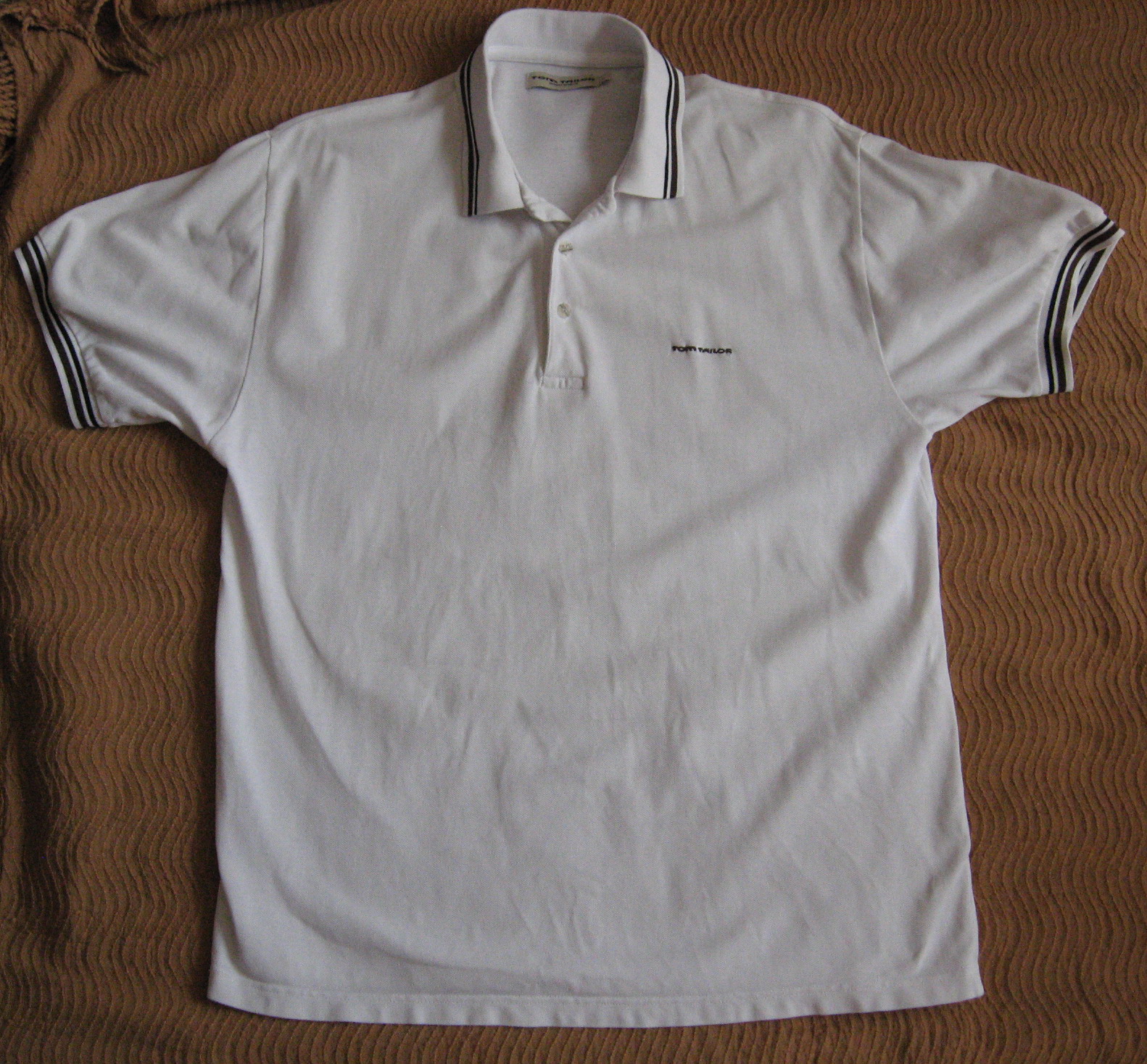|
Pleat (knitting)
In knitting, pleats can be made in several ways. Mock pleats can be made by alternating stitches that tend to recede (such as ''purl'' or ''slip wyif''), stitches that lie flat (such as ''seed'' or '' plissé'') and stitches that tend to advance (such as ''knit'' and ''slip wyib'') along the backward fold, the flat face and the forward fold, respectively. By contrast, true pleats can be made by folding the knitted fabric Knitted fabric is a textile that results from knitting, the process of inter-looping of yarns or inter-meshing of loops. Its properties are distinct from woven fabric in that it is more flexible and can be more readily constructed into smaller ... over and knitting the matching stitches together pairwise. Any style of pleat can be made in this way, e.g., knife pleats or box pleats. References * June Hemmons Hiatt (1988) ''The Principles of Knitting'', Simon & Schuster, pp. 214–216. Knitting methods for shaping {{textile-arts-stub ... [...More Info...] [...Related Items...] OR: [Wikipedia] [Google] [Baidu] |
Knitting
Knitting is a method by which yarn is manipulated to create a textile, or fabric. It is used to create many types of garments. Knitting may be done by hand or by machine. Knitting creates stitches: loops of yarn in a row, either flat or in ''the round'' (tubular). There are usually many ''active stitches'' on the knitting needle at one time. Knitted fabric consists of a number of consecutive rows of connected loops that intermesh with the next and previous rows. As each row is formed, each newly created loop is pulled through one or more loops from the prior row and placed on the ''gaining needle so'' that the loops from the prior row can be pulled off the other needle without unraveling. Differences in yarn (varying in fibre type, ''weight'', uniformity and ''twist''), needle size, and stitch type allow for a variety of knitted fabrics with different properties, including color, texture, thickness, heat retention, water resistance, and integrity. A small sample of ... [...More Info...] [...Related Items...] OR: [Wikipedia] [Google] [Baidu] |
Slip-stitch Knitting
Slip-stitch knitting is a family of knitting techniques that uses slip stitches to make multiple fabrics simultaneously, to make extra-long stitches, and/or to carry over colors from an earlier row. Basic methods In the basic slip stitch the stitch is passed from the left needle to the right needle without being knitted. The yarn may be passed invisibly ''behind'' the slipped stitch (wyib="with yarn in back") or ''in front'' of the slipped stitch (wyif="with yarn in front"), where it produces a small horizontal "bar". The wyif slipped stitch is less common, although several knitting patterns use it to produce a visual effect like woven cloth. Alternatively, the yarn can be "tucked", i.e., made into a yarn-over that is knitted together with the slipped stitch on the next row; like the simpler wyib, this is invisible. If knitted on the next row, the wyib slipped stitch is twice as tall as its neighboring stitches. A vertical column of such "double-height" stitches is a nice acc ... [...More Info...] [...Related Items...] OR: [Wikipedia] [Google] [Baidu] |
Knitting Abbreviations
Knitting abbreviations are often used for brevity in describing knitting patterns. Each knitting pattern typically provides its own abbreviations or refers to a standard. There is no single authoritative source for knitting abbreviations, so multiple standards exist. Types of knitting abbreviations Knitting abbreviations can be grouped by what they describe: * ''side of work'' :RS and WS signify the "right side" and "wrong side" of the work. * ''type of stitch'' :k means a knit stitch (passing through the previous loop from below) and p means a purl stitch (passing through the previous loop from above). Thus, "k2, p2", means "knit two stitches, purl two stitches". Similarly, sl st describes a slip stitch, whereas yarn-overs are denoted with yo. * ''scope of stitch'' :The modifier tog indicates that the stitches should be knitted together, e.g., "k2tog" indicates that two stitches should be knitted together as though they were one stitch. psso means "pass the slipped stitch ... [...More Info...] [...Related Items...] OR: [Wikipedia] [Google] [Baidu] |
Basic Knitted Fabrics
Basic knitted fabrics include stocking stitch, reverse stocking stitch, garter stitch, seed stitch, faggoting, and tricot. In some cases, these fabrics appear differently on the right side (as seen when making the stitch) than on the wrong side (as seen from the other side, when the work is turned). Stockinette/stocking stitch and reverse stockinette stitch Stocking stitch (in US, stockinette stitch) is the most basic knitted fabric; every stitch (as seen from the right side) is a knit stitch. In the round, stocking stitch is produced by knitting every stitch; by contrast, in the flat, stocking stitch is produced by knitting and purling alternate rows. Stocking-stitch fabric is very smooth and each column ("wale") resembles a stacked set of "V"'s. It has a strong tendency to curl horizontally and vertically because of the asymmetry of its faces. Reverse stocking stitch is produced in the same way as stocking, except that the purl stitches are done on the right side and the ... [...More Info...] [...Related Items...] OR: [Wikipedia] [Google] [Baidu] |
Ribbing (knitting)
In knitting, ribbing is a pattern in which vertical stripes of stockinette stitch alternate with vertical stripes of reverse stockinette stitch. These two types of stripes may be separated by other stripes in which knit and purl stitches alternate vertically; such plissé stripes add width and depth to ribbing but not more elasticity. The number of knit and purl stripes (wales) are generally equal, although they need not be. When they are equal, the fabric has no tendency to curl, unlike stockinette stitch. Such ribbing looks the same on both sides and is useful for garments such as scarves. Ribbing is notated by (number of knit stitches) × (number of purl stitches). Thus, 1×1 ribbing has one knit stitch, followed by one purl stitch, followed by one knit stitch, and so on. Ribbing has a strong tendency to contract laterally, forming small pleats in which the purl stitches recede and the knit stitches come forward. Thus, ribbing is often used for cuffs, sweater hems a ... [...More Info...] [...Related Items...] OR: [Wikipedia] [Google] [Baidu] |
Knitted Fabric
Knitted fabric is a textile that results from knitting, the process of inter-looping of yarns or inter-meshing of loops. Its properties are distinct from woven fabric in that it is more flexible and can be more readily constructed into smaller pieces, making it ideal for socks and hats. Weft-knit and warp-knit fabric There are two basic varieties of knit fabric: weft-knit and warp-knit fabric. Warp-knitted fabrics such as tricot and milanese are resistant to runs, and are commonly used in lingerie. Weft-knit fabrics are easier to make and more common. When cut, they will unravel (run) unless repaired. Warp-knit fabrics are resistant to runs and relatively easy to sew. Raschel lace—the most common type of machine made lace—is a warp knit fabric but using many more guide-bars (12+) than the usual machines which mostly have three or four bars. (14+) Structure of knitted fabrics Courses and wales In weaving, threads are always straight, running parallel either leng ... [...More Info...] [...Related Items...] OR: [Wikipedia] [Google] [Baidu] |



